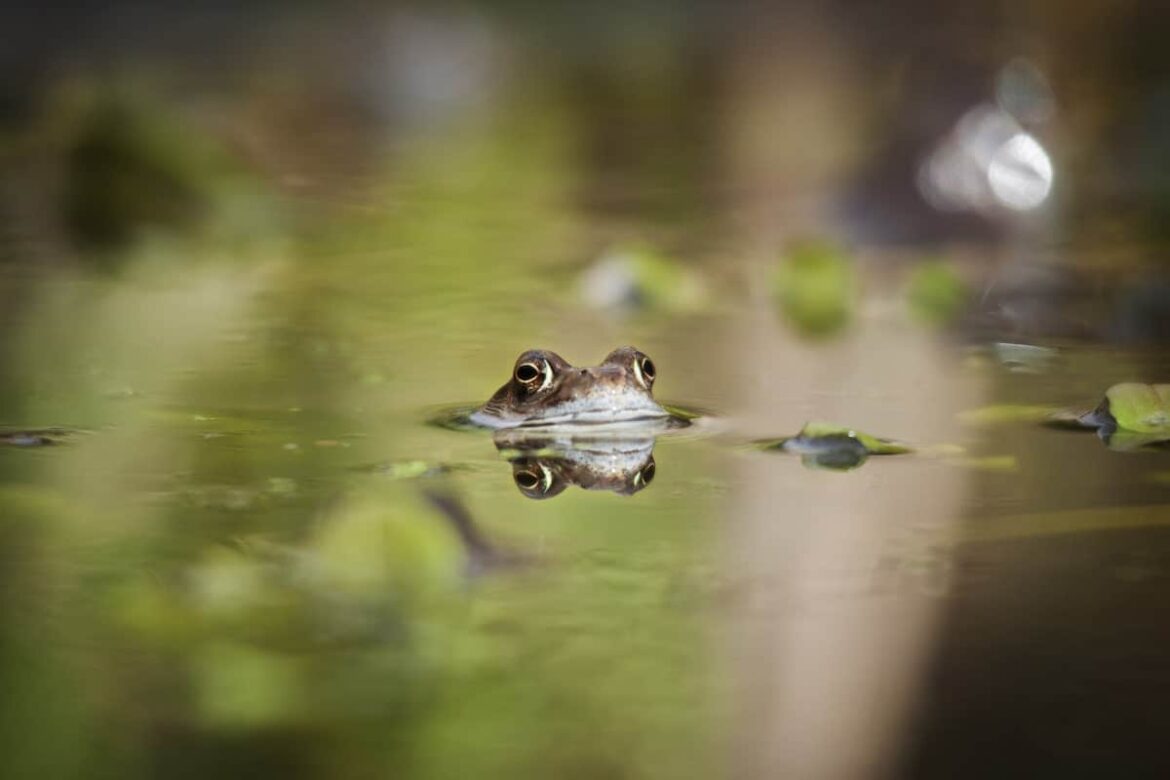1.2K
Frogs are amphibians that can live and breathe both on land and under water. In water, however, they can only do so to a limited extent.
Frogs can breathe under water to a limited extent
Unlike most fish, frogs do not have gills that would allow them to breathe underwater. Unlike dolphins, however, they are able to take in air from the water through their skin.
- This is not the case all their lives, however. Tadpoles do have gills that allow them to breathe in the water.
- As the frog grows, not only does its shape change. It breathes via spasmodic movements of the throat, as it lacks a diaphragm and respiratory muscle.
- Skin breathing in turn helps them to breathe underwater. It should be noted here that frogs need to come ashore from time to time, as skin breathing alone is not enough.
How skin breathing works
Amphibious skin resembles a permeable membrane, allowing them to absorb oxygen directly from the water. This does not travel via the lungs, but goes directly into the blood. With the help of a slimy substance, you can even facilitate the gas exchange.
- How much oxygen can be absorbed in this way depends on the species. This goes up to 100 percent, which allows certain species to live in the water all the time.
- The Lake Titicaca giant frog, for example, has a folded skin to increase its surface area. The flat-headed frog, on the other hand, needs very oxygen-rich water.
- So then there are species that have no lungs at all and only take in oxygen through their skin, again preferring life in water.

